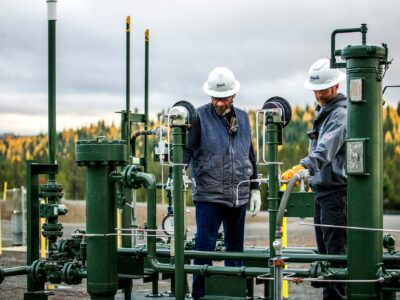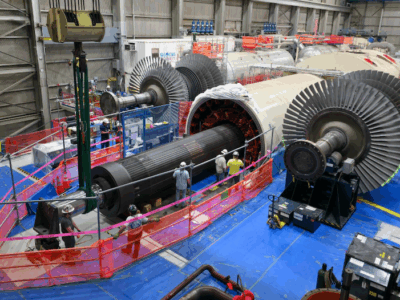During National Clean Energy Week, Chris Barnard, president of American Conservation Coalition (ACC), led a discussion about how the American energy sector is delivering abundant, affordable, and reliable energy. Leaders from some of the companies at the forefront of these efforts, including Gevo, Helion Energy, Hydrostor, LandGate, and the Smart Electric Power Alliance, also shared their perspectives on the topic.
Chris Phebus, CTO of long-duration energy storage company Hydrostor, addressed the importance of his sector. Through the company’s advanced compressed air energy storage solution, it can inject its compressed air into hard rock anywhere in the world and then deploy that energy when needed by tapping into the heat from the compression process or by pumping water up from its caverns. The company’s first four gigawatt-hour plant is operating in Ontario, and multiple other sites are in development for additional jurisdictions.
Phebus explained that the energy transition represents a period of immense technological innovation and advancement for the clean energy industry, driven by coalescing trends such as onshored manufacturing and the race for artificial intelligence, following decades of stagnant growth. “We’ve seen a lot of renewables come into the market, and those renewables create a lot of intermittent energy, and that creates the requirement, really, for storage,” he explained. He said that he sees Hydrostor as part of the solution for maintaining the grid balance during this time of transition and added, “You have to have long-duration energy storage to make them affordable and take advantage of the full capability that you’ve put into these markets.” However, Phebus voiced the need for policymaker support to continue moving forward: “These are mega projects. We need your support to put them in the ground. We are ready to go. We’re shovel-ready. We want to build these.”
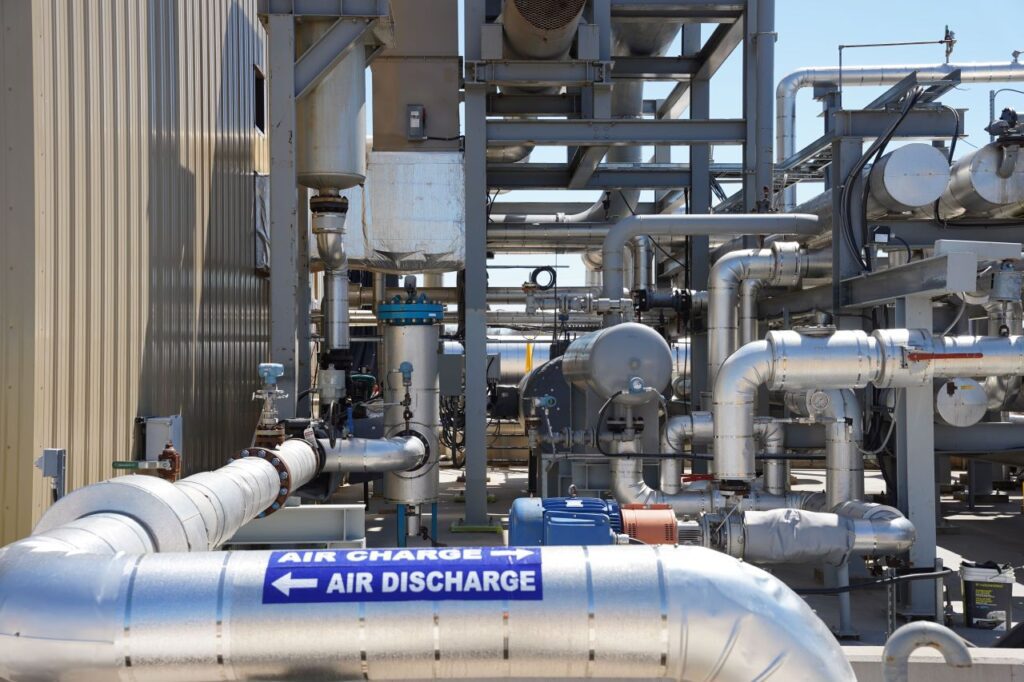
Photo Courtesy Hydrostor
Next, Lindsay Fitzgerald, Chief Advocacy and Communications Officer at Gevo, discussed how her company is changing the world with its cost-competitive renewable fuels and carbon abatement solutions. For example, she highlighted the company’s low-carbon ethanol production with on-site carbon capture and storage in Iowa, as well as efforts to produce sustainable aviation fuel (SAF) from that ethanol in North Dakota and South Dakota. She highlighted how the timing is important: “We’re seeing a decline in ethanol needs, and we’re seeing an increase in the demand for jet fuel. We’re all still flying, but guess what? We’re not building any new refineries, so that means we’re not refining any new jet fuel.” Instead of importing it, we can utilize the country’s existing ethanol infrastructure to produce SAF and potentially even export it, thereby supporting farmers through co-products that are all monetized: the fuel itself, protein for animal feed, and carbon from fermentation that can be sequestered.
Fitzgerald acknowledged several helpful policy levers, particularly the Section 45Z clean fuel production tax credit and the U.S. Environmental Protection Agency’s Renewable Fuel Standard (RFS) program. However, she added that it is all still new and needs time: “You don’t build a whole new facility from scratch, or add on to an existing ethanol facility overnight. So this takes time. It takes some policy stability. Don’t put something in place and then a year later change it because no one’s responded. There hasn’t been time to respond to that yet.” In terms of company priorities, Gevo is working with farmers to help them figure out what regenerative practices they can employ on their land: “That’s a way to impact their bottom line, but that also means that they’re supplying us with corn that comes in with a lower carbon intensity,” which translates into lower-carbon-intensity fuel for Gevo. The company is also aware that it needs to portray its industry in a better light for global policy, because other countries “have this vision of agriculture from a dust bowl time, that is not agriculture today… And so there’s this huge educational push that we have to do as a country, as a group, to say our ag is not what you think it is. It’s not terrible, it’s wonderful.”

Photo Courtesy Gevo
Jackie Siebens, vice president of public affairs at fusion company Helion Energy, explained her company’s mission to deploy commercial fusion to the grid as soon as possible. As a larger energy industry, “we have to move to a place where we’re building generation facilities like airplanes, not like airports,” she proclaimed. Helion has completed seven working fusion prototypes in twelve years, with the latest, Polaris, demonstrating electricity production from fusion for the first time. The company also signed the world’s first power purchase agreement for fusion energy with Microsoft, with plans to start delivering energy in 2028. Siebens noted that the company has successfully built numerous fusion machines in a remarkably short time period, even though it usually takes years to obtain design certification from a regulator, mainly because fusion creates far less radiation than fission processes. Therefore, the Nuclear Regulatory Commission classifies it using a different framework, which is also used for industrial and hospital equipment.
However, there is still a need to reach scale. “We want to make sure that we’re building fusion here, and that it’s America that’s reaping the economic and strategic benefits from this technology,” she said, pointing to how we lost the lead on both solar and chips and commenting, “We’re talking about losing the strategic advantage of this century if we do that with fusion.” On the same day as this panel, Reps. Carol Miller (R-WV), Suzan DelBene (D-WA), Claudia Tenney (R-NY), and Don Beyer (D-VA) introduced the Fusion Advanced Manufacturing Parity Act to expand the Section 45X Advanced Manufacturing Tax Credit to include fusion energy components. “We are beyond excited about this,” Siebens said, because as the paradigm shifts from academic to commercial, “we need the government to come with us” by taking “proactive measures like making sure that manufacturing tax credits are available to the suppliers in this country for fusion, so that we can scale as we work towards demonstration.”
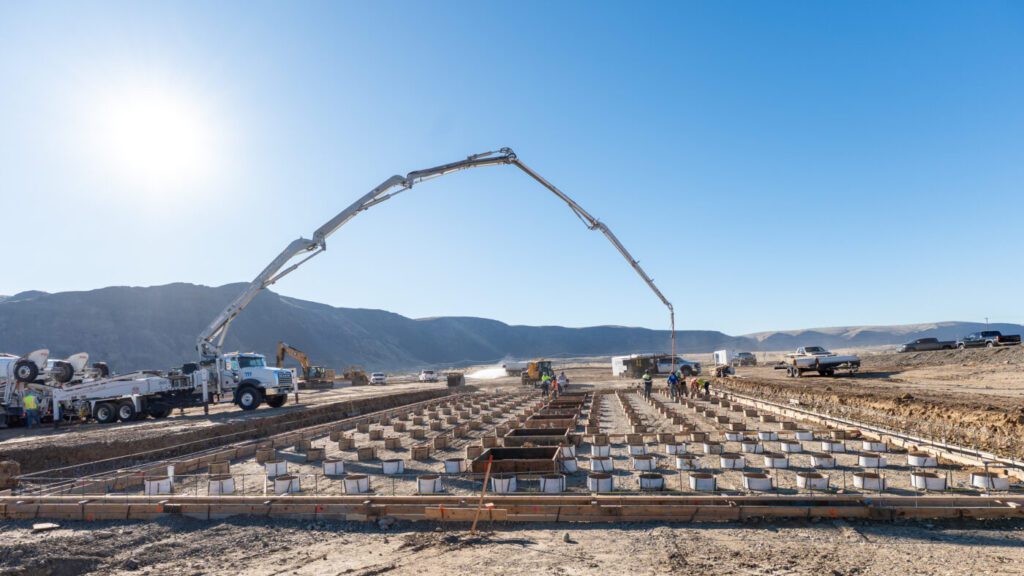
Photo Courtesy Helion Energy
Alessandra Millican, managing director of energy and infrastructure at LandGate, then took to the stage to describe how her data and analytics company uses thousands of data points on every parcel of land in the U.S. to determine what type of energy generation it is best suited for. “So we basically take what used to be a very laborious, monotonous, time-consuming process and put it in one place,” Millican described. Digital modernization is more important than ever, and “what I’ve loved about transitioning to renewable energy is that almost every company embraces technology and embraces ‘Hey, how can we do things better?” she reflected.
At the same time, the data center gold rush is also a race for real estate, and “a lot of the project developers that I’ve had the pleasure of working with have seen just their projects die death by a thousand cuts” from planning and permitting processes. Millican highlighted grid modernization and interconnection reform as the two most significant challenges for the country to address right now. A lot of those projects get killed at state boundaries, but “if you’re an electron, you don’t care where state boundaries are.” So, she proposed, “If we gave FERC the authority to nationally regulate that process, that would help out. Same thing with permitting.” Solutions to address local opposition involve “looking at those communities and coming up with some sort of standardization, or, ‘Hey, let’s benefit the entire community here,’” rather than choosing to pay only some community members over their neighbors.
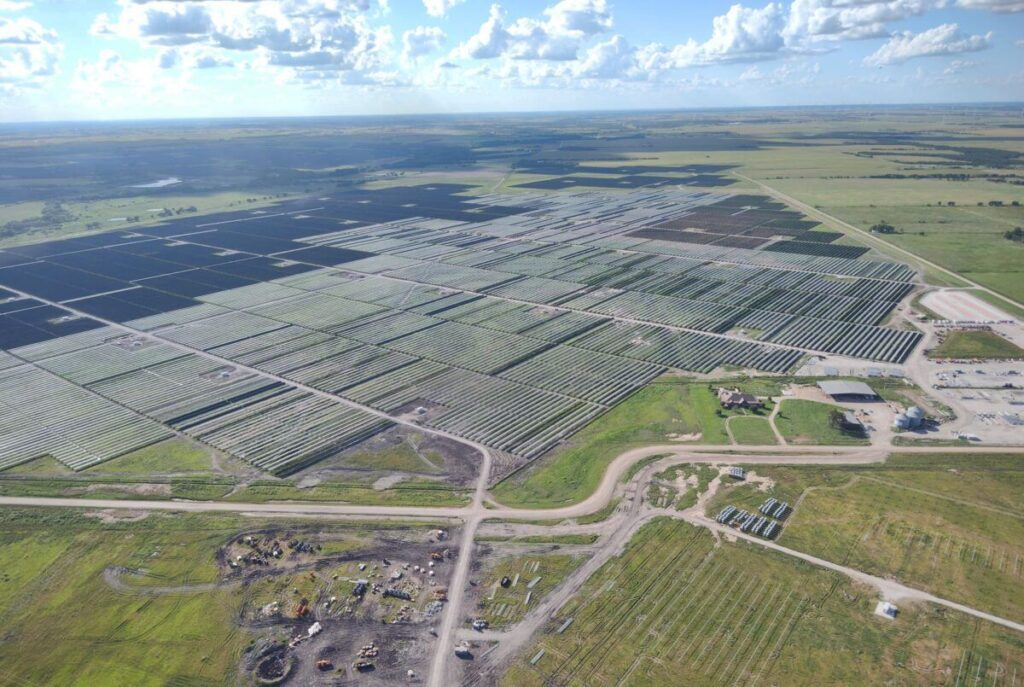
Photo Courtesy LandGate
Finally, Lesley Jantarasami, vice president of research and industry strategy at the Smart Electric Power Alliance (SEPA), brought a wider lens of focus to the conversation, coming from a national nonprofit working with all segments of the power industry. She acknowledged that SEPA members and the industry at large are seeking solutions and innovations that can help advance the deployment of clean, reliable, resilient, and affordable energy. In the next five years, they are most excited about long-duration energy storage, the opportunity to bring renewable and geothermal energy resources online, and the opportunity to use technologies and software solutions “to get more out of the existing system” by harnessing distributed energy resources and aggregating small sources of energy into virtual power plants. While artificial intelligence is contributing to increased energy usage, Jantarasami also acknowledged that “it’s also part of the solution set.” For example, she highlighted Google’s partnership with PJM Interconnection to implement AI solutions on the power grid.
Jantarasami emphasized the importance of policy engagement for the country to move forward: “I think interconnection queues are a great example of why it’s so important to have this engagement at every level of policy, where federal, down to state and regional levels, are thinking through, ‘How do we get more electricity on the grid?’ ‘How do we ensure that the system as a whole is moving forward?’” While she recognized the uncertainty and long runway times for the deployment of new clean energy, she also pointed out that, particularly on the state level, “we’re still seeing a lot of progress, having a lot of interest in pushing forward on low emissions, decarbonized energy.” She listed policy tools such as clean energy standards, renewable portfolio standards, and energy efficiency resource standards, as well as energy storage targets in certain jurisdictions. According to Jantarasami, some of this process involves policymakers “getting comfort and familiarity with what these technologies can offer,” and then enabling “real-world pilots that show and demonstrate the benefits of these things, so that more regulators are comfortable with approving those types of projects.”
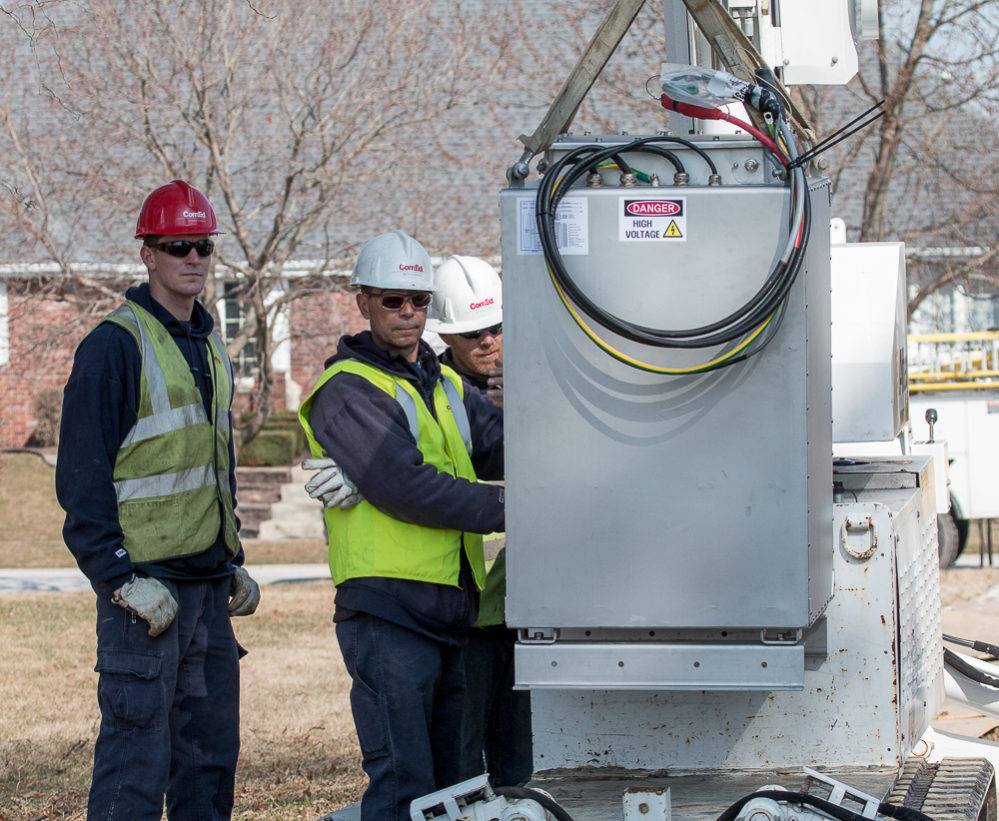
Photo Courtesy Smart Electric Power Alliance



